Floodland is a survival simulator game developed by Vile Monarch and published by Ravenscourt. The game is set in a unique world, where instead of say a zombie apocalypse or civil unrest being the cause of the player’s need for survival, climate change is to blame. Because of rising sea levels and inundated coastlines, the world has been transformed into islands and swamplands, which leads to you, the player, needing to not just survive, but ensure that the world continues to make a recovery path for the future. As for the game itself, does it offer enough to set it apart from other survival simulators, or will this be another drop in the rising ocean of this genre?
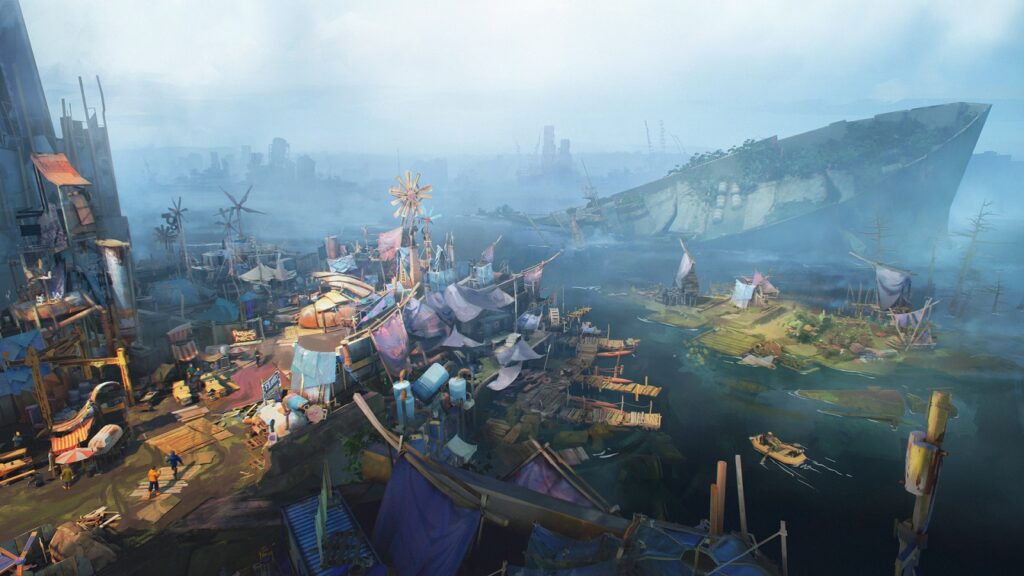
PROS:
The strongest element of this game would most likely be the gameplay itself. From the outset, the player is prompted to choose from a selection of four clans to align with at the beginning, each ranging with their own setbacks and benefits. They are then placed in a random part of the world, with their task to find a lost power plant and provide power to the surrounding clans in hopes of bringing us back from the brink of annihilation. The gameplay loop revolves around exploring areas of the map for resources, then using said resources to construct buildings that can tap into the world’s renewable sources of food, water, and building materials. The addition of the resources being renewable in some cases helps drive the idea that the player can’t just rush into things, and that they sometimes need to scale back in order to prevent resources from completely drying out.
Take too many recyclables from a pile of rubbish, and you’ll not have enough later to build a water collector. Along with balancing resources, each of these buildings require at least one worker, which are a small yet invaluable resource to the player. So the player not only needs to worry about managing resource collection, but also how they allot their workers. Too stretched thin – the player’s collection slows to a crawl. Too consolidated in a particular field, say in food collection or research – the player loses out of other key resources. This leads to a really interesting form of strategy required from the player in order to maximize resources while minimizing impact, a relic from present day philosophies regarding how we need to combat climate change: take what we need, leave what we don’t.
The art style isn’t all that bad either, with it being somewhat stylized and vivid in color. The characters we meet all are distinctive and intricate, and they all have a very deep sense of character. Not only this, but the world is immaculate, with the setting looking both ravaged, yet hopeful. The game is played from a top-down view, so they can get a great glimpse at just how much the oceans have decimated the world, with homes, roads, even stadiums sunk under the waves. The player can eventually go out and explore these sea regions, but at the beginning, they are limited due to not having a boat to do so.
CONS:
As for the issues with this game, there are two that are notable: the User Interface, or UI, and the difficulty. The UI in this game can be pretty clunky, and while this game is still in development, it feels necessary to bring this up. At times, the game can be a bit inaccessible thanks to this clunky UI. Menus are hidden away behind key buildings, such as the player’s task list for their workers, hidden behind a storage building. In order to see where the resources are being allocated, the player needs to be examining the storage room, which limits player information. Not only this, but essential information for how certain objects work often are not explained until they are constructed. The only other UI issues happen to be simple visibility problems, such as white text on a white background, and the like.
This leads into the other issue with the game, that being Difficulty. The game is pretty tough starting out, even on “normal” difficulty. A part of this is due to the lack of a substantial tutorial to help introduce the player to the systems that make up the game. Yes, there is a tutorial, but it more so is made up of scattered tooltips here and there, and lacks any info as to what buttons do what, how to extract resources, etc. The biggest issue is the game lacks an explanation as to its key gameplay point, being balancing resource collection and worker allocation so you don’t run out of stuff to use. This can lead to the player over-extracting food and water resources in the beginning, which are discarded if you don’t have enough storage, and leads to the player not having anything to feed their workers later in the game, which in turn leads to deaths and a harder time getting to the end of the game. This could all be solved with just some simple clarity and explanation from the get-go.
All in all, Floodland is a really unique take on a survival simulator, utilizing a present threat that humanity faces in order to make a truly gripping and enjoyable experience. The worldbuilding is incredible and the gameplay is really engaging once you get into it. However, some issues with the UI and clarity regarding the game’s unique systems and difficulty can lead to some issues regarding player accessibility. However, I feel as though this game has strong enough legs to support these issues, and most players will learn through trial and error. Time only will tell whether these issues will wash away in the waves of final touches before the game’s release.
Floodland releases November 15, 2022 for PC via Steam. You can wishlist the game right now.
Related: Reviews by Matthew White
An avid gamer, Matthew is also an aspiring game developer. Because of this, Matthew knows not only what makes a game great, but also the hard work and artistry required to craft such a phenomenal experience.


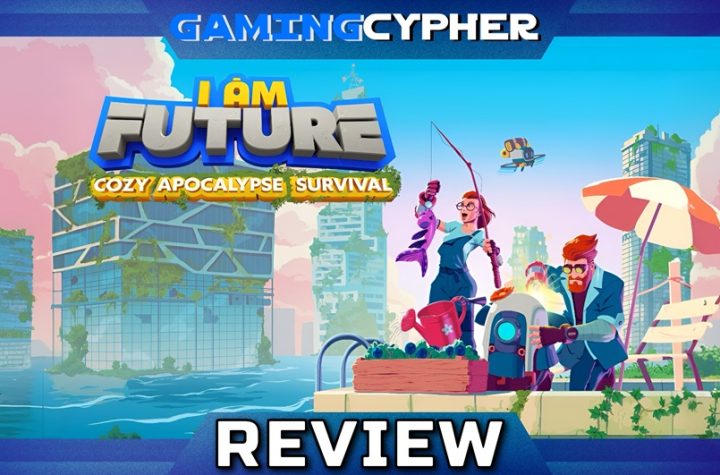
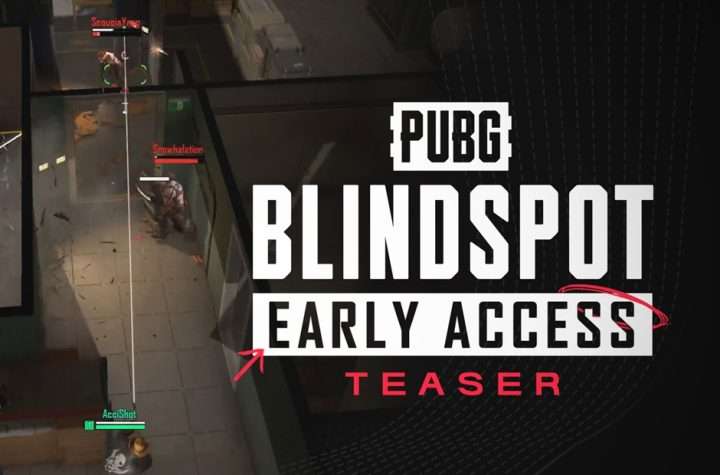
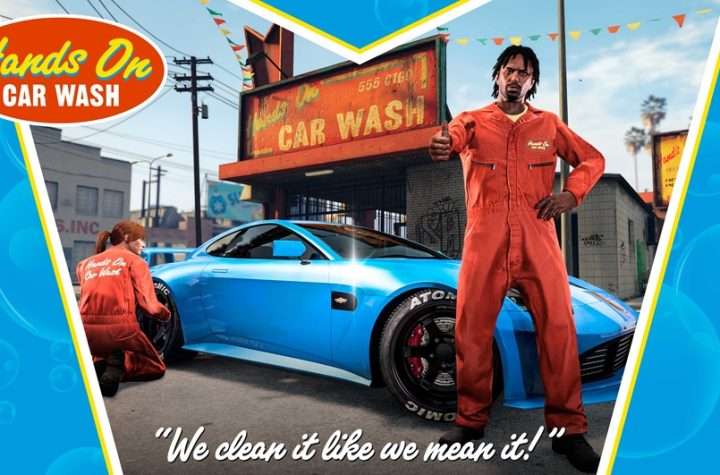
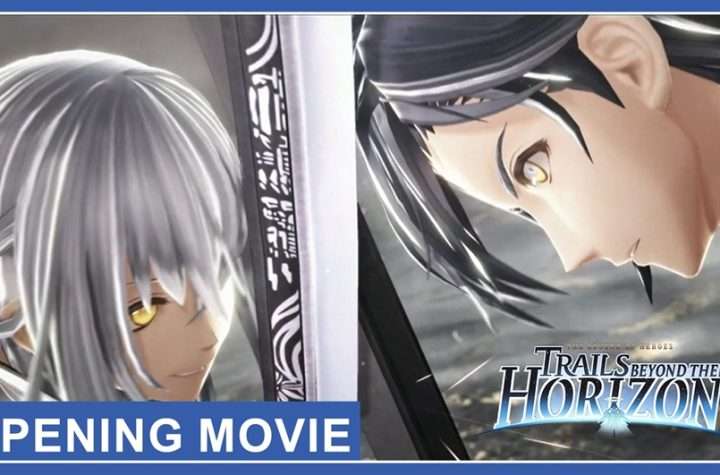
More Stories
I AM FUTURE Review for PlayStation 5
PUBG: BLINDSPOT will be Launching on February 5th via Early Access
GTA Online: Money Fronts, HSW Race Bonuses, Free Hands-on Car Wash Property, Plus Much More